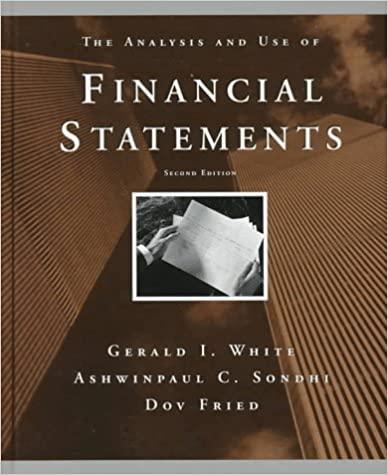Answered step by step
Verified Expert Solution
Question
1 Approved Answer
Suppose you have been hired as a financial consultant to Defense Electronics, Incorporated ( DEI ) , a large, publicly traded firm that is the
Suppose you have been hired as a financial consultant to Defense Electronics, Incorporated DEI a large, publicly traded firm that is the market share leader in radar detection systems RDSs The company is looking at setting up a manufacturing plant overseas to produce a new line of RDSs This will be a fiveyear project. The company bought some land three years ago for $ million in anticipation of using it as a toxic dump site for waste chemicals, but it built a piping system to safely discard the chemicals instead. If the land were sold today, the net proceeds would be $ million after taxes. In five years, the land will be worth $ million after taxes. The company wants to build its new manufacturing plant on this land; the plant will cost $ million to build. The manufacturing plant has a fiveyear tax life, and DEI uses straightline depreciation to At the end of the project ie the end of Year the plant can be scrapped for $ million. The company will incur $ in annual fixed costs. The plan is to manufacture RDSs per year and sell them at $ per machine; the variable production costs are $ per RDS The project requires $ in initial net working capital investment to get operational it will keep the same level of NWC through the life of the project and will be recover at the end DEIs tax rate is percent.
The following market data on DEIs securities are current:
Debt:
Bond: coupon bonds outstanding, years to maturity, selling for percent of par.
Bond: co coupon bonds outstanding, years to maturity, selling for at par.
Both bonds have a $ par value each and make semiannual payments.
Common stock: shares outstanding, selling for $ per share; the beta is
Market data: expected market risk premium; riskfree rate.
The new RDS project is somewhat riskier than a typical project for DEI, primarily because the plant is being located overseas. Management has told you to use an adjustment factor of percent to account for this increased riskiness.
Calculate the cash flow from assets CFFA create a table similar to the ones done in class.
Calculate the require rate of return on equity.
Calculate the require rate of return on debt.
Calculate the WACC.
Find the NPV and the IRR of the project. Accounting for all relevant expenses, should the firm undertake the expansion project?
Step by Step Solution
There are 3 Steps involved in it
Step: 1

Get Instant Access to Expert-Tailored Solutions
See step-by-step solutions with expert insights and AI powered tools for academic success
Step: 2

Step: 3

Ace Your Homework with AI
Get the answers you need in no time with our AI-driven, step-by-step assistance
Get Started


